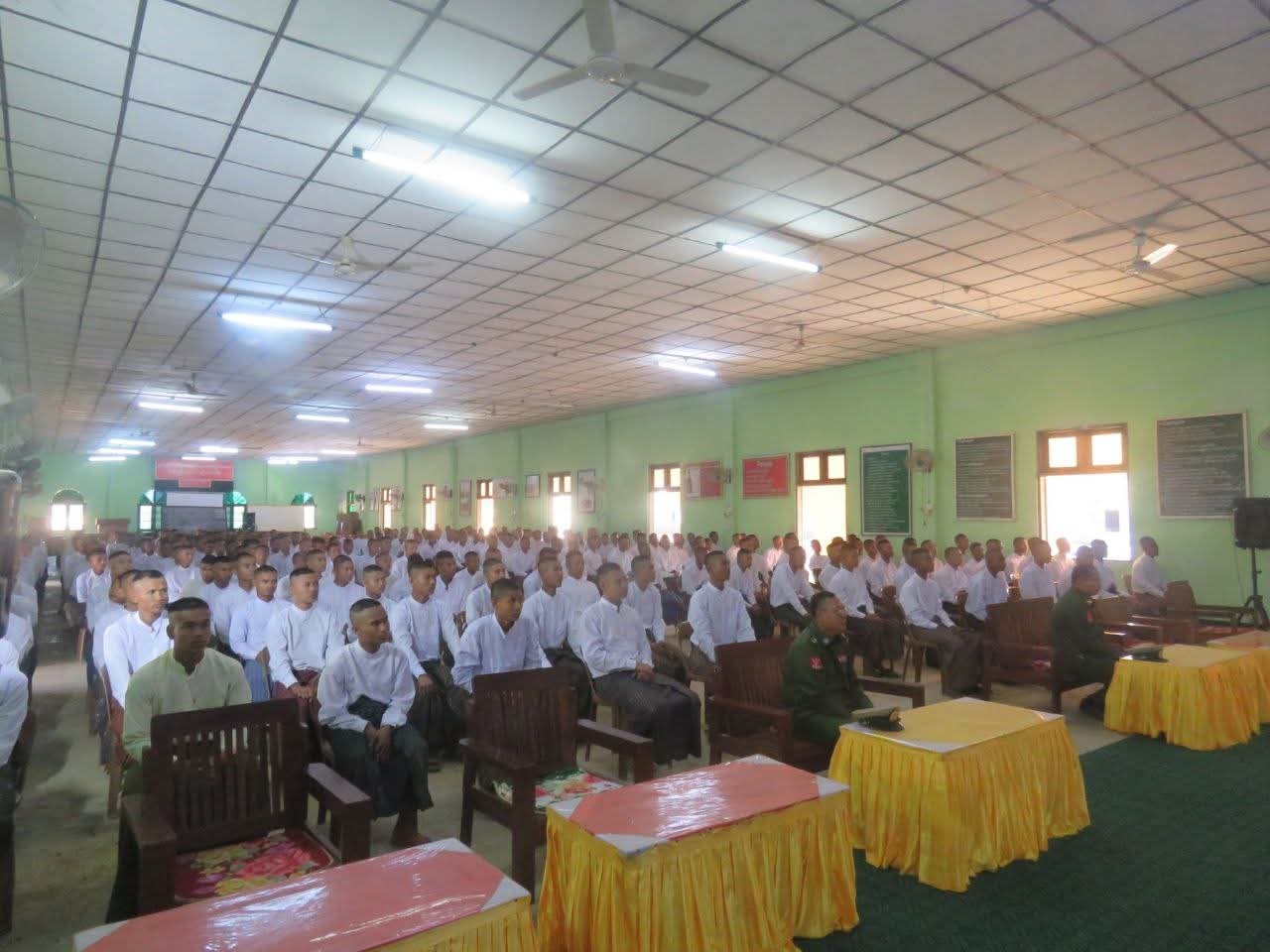
5G global standards leadership refers to the development and implementation of standardized technologies and protocols for 5G wireless networks worldwide.
The goal of standardization is to ensure interoperability, compatibility, and seamless communication between different devices, networks, and countries. Here’s an overview of 5G global standards leadership:









Organizations involved:
3rd Generation Partnership Project (3GPP): A collaboration between several telecommunications standards organizations, responsible for developing and maintaining 5G standards.
International Telecommunication Union (ITU): A specialized agency of the United Nations, responsible for coordinating global telecommunications standards, including 5G.
5G PPP (5G Infrastructure Public Private Partnership): A joint initiative between the European Commission and the European telecommunications industry to develop 5G standards and technologies.
Key standards:
5G NR (New Radio): The 3GPP standard for 5G wireless communication, which defines the air interface and radio access network.
5G Core Network: The 3GPP standard for the 5G core network, which defines the architecture and protocols for the network.
IMT-2020: The ITU standard for 5G, which defines the requirements and specifications for 5G systems.
Leaders in 5G standardization:
China: China has been actively involved in 5G standardization, with companies like Huawei, ZTE, and China Mobile contributing to 3GPP and ITU standards.
United States: The US has also been a key player in 5G standardization, with companies like Qualcomm, Intel, and Verizon contributing to 3GPP and ITU standards.
Europe: European countries, such as Finland, Sweden, and the UK, have also been actively involved in 5G standardization, with companies like Nokia, Ericsson, and Vodafone contributing to 3GPP and ITU standards.
South Korea: South Korea has been a leader in 5G deployment and standardization, with companies like Samsung, LG, and SK Telecom contributing to 3GPP and ITU standards.
Benefits of global standards leadership:
Interoperability: Global standards ensure that devices and networks from different manufacturers can communicate with each other seamlessly.
Economies of scale: Standardization enables economies of scale, reducing costs and increasing efficiency in the development and deployment of 5G technologies.
Innovation: Global standards leadership fosters innovation, as companies and researchers can focus on developing new applications and services that leverage 5G capabilities.
Global roaming: Standardization enables global roaming, allowing users to access 5G networks while traveling internationally.
Challenges and future directions:
Security: Ensuring the security of 5G networks and devices is a major challenge, as the increased complexity and connectivity of 5G systems create new vulnerabilities.
Spectrum allocation: The allocation of spectrum for 5G services is a complex issue, requiring coordination between countries and organizations to ensure efficient use of limited spectrum resources.
Rural coverage: Providing 5G coverage in rural areas is a challenge, requiring innovative solutions and investments in infrastructure to ensure equitable access to 5G services.
6G research: As 5G deployment progresses, research on 6G wireless technologies has already begun, with a focus on developing even faster, more reliable, and more capable wireless networks.


Leave a Reply